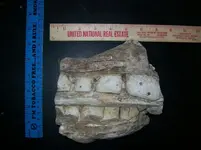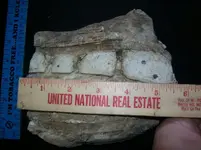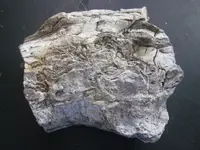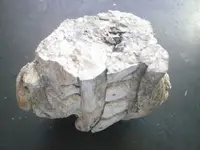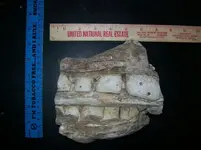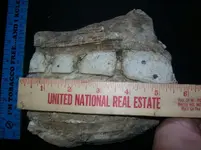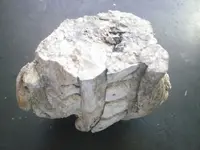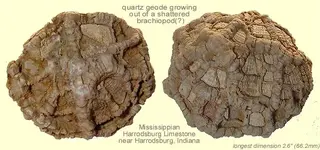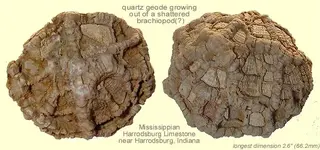jr.nation88
Jr. Member
- #1
Thread Owner
One of my students brought this in to try and ID and after much work I have not got very far. A friend pointed me to your sight because of the vast knowledge here. It was found in southeast Missouri, partially buried in a creek bed.



